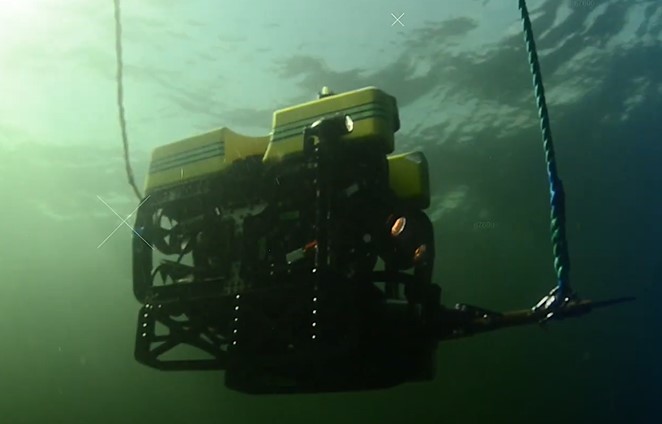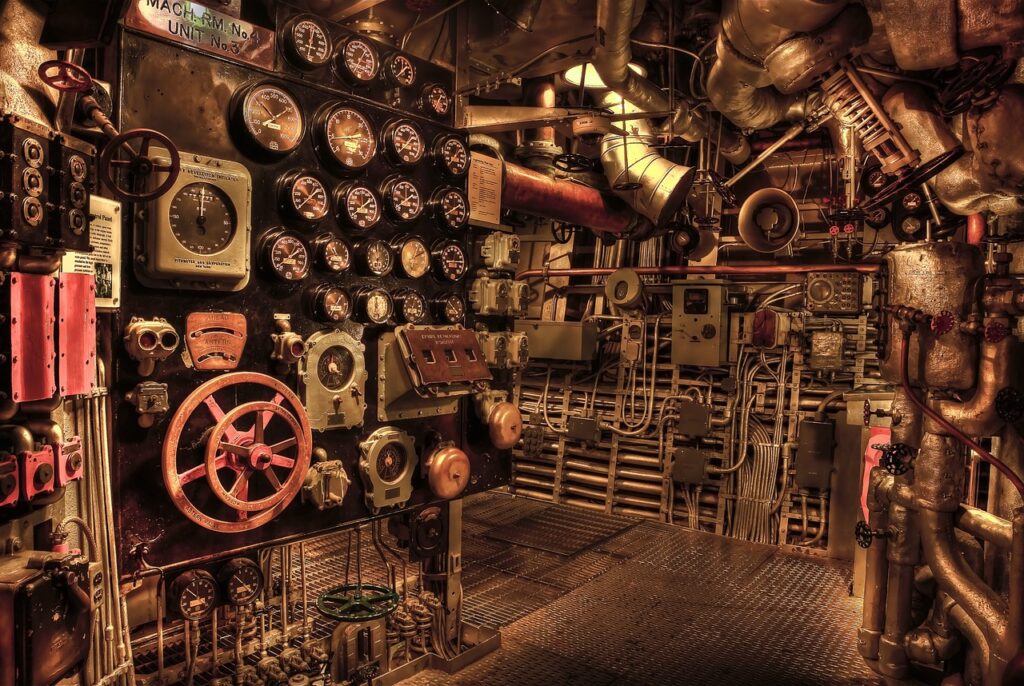Hydraulic systems in ROVs work on the principle of transmitting force through the use of incompressible fluids. Typically, these systems use oil or hydraulic fluid. Hydraulic technology is crucial for operating manipulator arms, thrusters, and other equipment in underwater environments.
Here’s a general overview of hydraulic systems in ROVs
The system contains a reservoir of hydraulic fluid, which is usually oil. This fluid is chosen for its ability to handle pressure and transmit force effectively. Different conditions and mission plans will have slightly different requirements but the basics remain the same for all hydraulic systems in ROVs. An electric, hydraulic, or mechanical pump pressurizes the fluid, creating a flow of high-pressure fluid within the system. Then, valves control the flow of the hydraulic fluid to various parts within the ROV. These valves can regulate the direction, pressure, and quantity of fluid sent to different parts of the system.
Great! But, so what?
Hydraulic actuators, such as cylinders or motors, convert the hydraulic energy into mechanical energy. These actuators are responsible for executing movements like extending and retracting ROV arms, rotating mechanisms, or controlling the thrusters. The combination of these components means you are able to move your ROV so that you can complete your job.
ROV operators use a control console or interface to manipulate the hydraulic systems. These interfaces allow precise control over the movements and functions of the ROV’s various components.

A bit of safety
Pressure relief valves maintain the pressure within safe limits by diverting excess fluid back to the reservoir, preventing damage due to overpressure.
The benefits of Hydraulic Systems in ROVs
The hydraulic system allows for precise and powerful movements underwater, enabling ROVs to perform intricate tasks such as manipulating objects, collecting samples, conducting inspections, and more.
Other benefits of using hydraulic systems in ROVs include their ability to handle high loads, transmit force over long distances without significant loss, and offer precise control of movements, which is crucial for delicate operations in underwater environments.
However, maintenance of hydraulic systems is essential to ensure their proper functioning. Regular checks, fluid level monitoring, and periodic replacements or repairs of components are necessary to keep the ROV operational and safe for underwater missions. If your hydraulic fluid leaks into the environment, it can cause quite a bit of damage as it is toxic. So, be sure to take good care of your ROVs.
Questions? Feeling like a chat? Get in touch!

